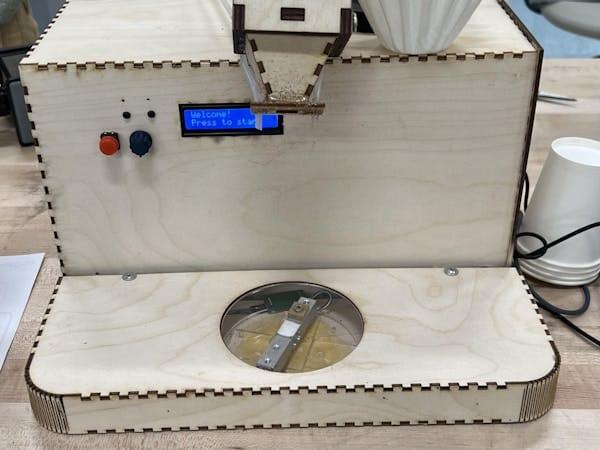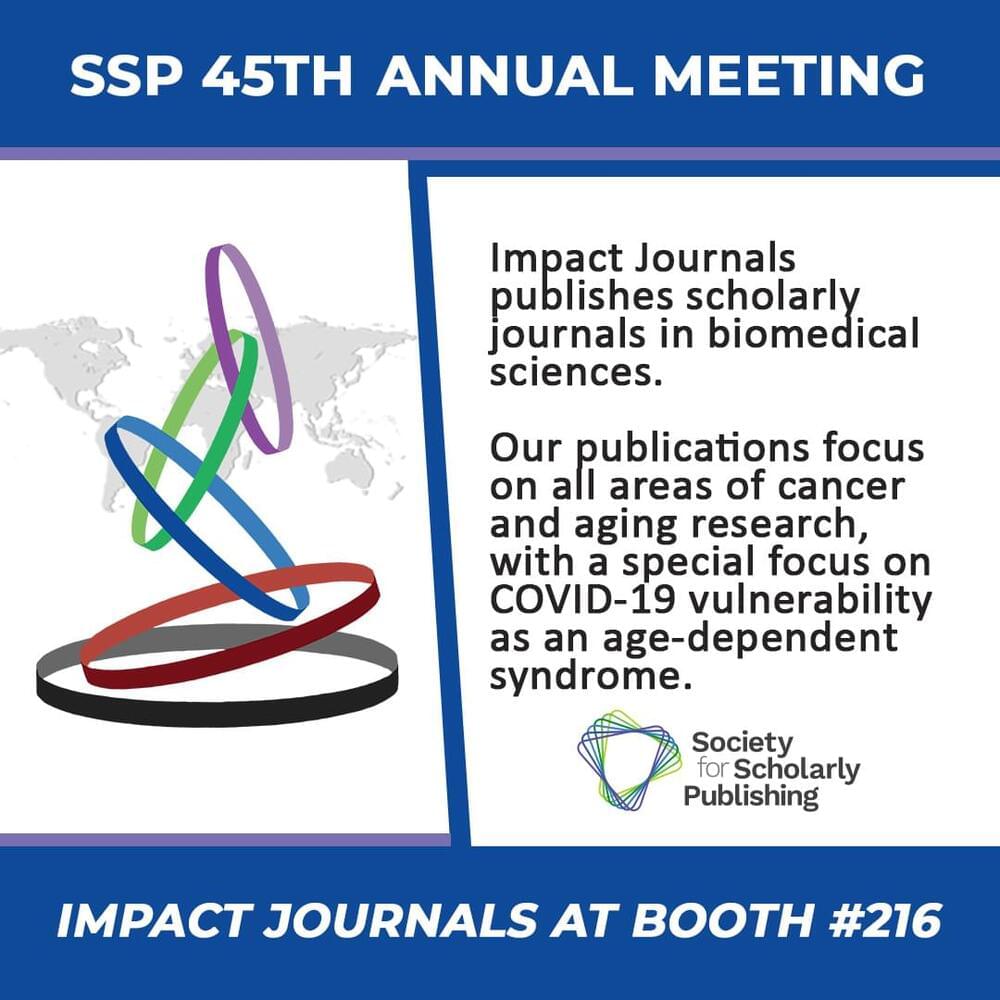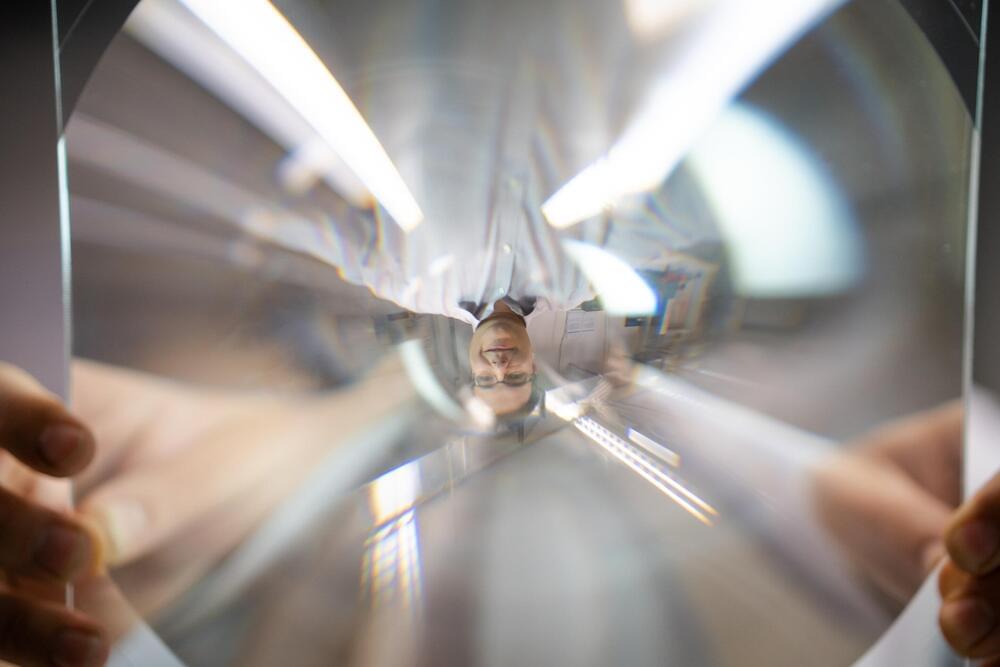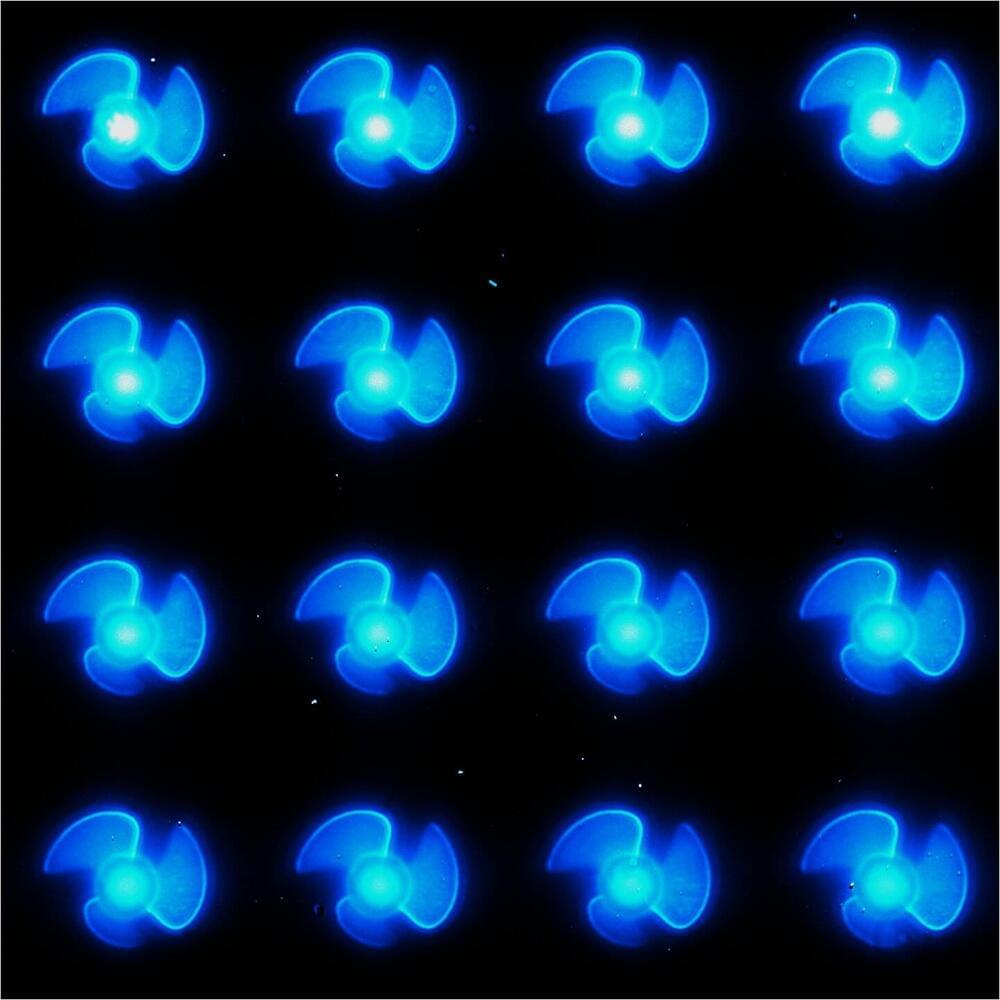Although the sun is becoming increasingly active as the July 2025 solar maximum — the peak of the sun’s 11-year cycle — draws closer, the photos showcase the quieter aspects of the solar surface.


A group of computer scientists from the University of Toronto wants to make it easier to film how-to videos.
The team of researchers have developed Stargazer, an interactive camera robot that helps university instructors and other content creators create engaging tutorial videos demonstrating physical skills.
For those without access to a cameraperson, Stargazer can capture dynamic instructional videos and address the constraints of working with static cameras.



For the past 20 years, the theory of disruptive innovation has been enormously influential in business circles and a powerful tool for predicting which industry entrants will succeed. Unfortunately, the theory has also been widely misunderstood, and the “disruptive” label has been applied too carelessly anytime a market newcomer shakes up well-established incumbents.
In this article, the architect of disruption theory, Clayton M. Christensen, and his coauthors correct some of the misinformation, describe how the thinking on the subject has evolved, and discuss the utility of the theory.
They start by clarifying what classic disruption entails—a small enterprise targeting overlooked customers with a novel but modest offering and gradually moving upmarket to challenge the industry leaders. They point out that Uber, commonly hailed as a disrupter, doesn’t actually fit the mold, and they explain that if managers don’t understand the nuances of disruption theory or apply its tenets correctly, they may not make the right strategic choices. Common mistakes, the authors say, include failing to view disruption as a gradual process (which may lead incumbents to ignore significant threats) and blindly accepting the “Disrupt or be disrupted” mantra (which may lead incumbents to jeopardize their core business as they try to defend against disruptive competitors).

Glioblastoma Multiforme (GBM) is the most aggressive and most common primary malignant brain tumor. The age of GBM patients is considered as one of the disease’s negative prognostic factors and the mean age of diagnosis is 62 years. A promising approach to preventing both GBM and aging is to identify new potential therapeutic targets that are associated with both conditions as concurrent drivers. In this work, we present a multi-angled approach of identifying targets, which takes into account not only the disease-related genes but also the ones important in aging. For this purpose, we developed three strategies of target identification using the results of correlation analysis augmented with survival data, differences in expression levels and previously published information of aging-related genes.

Join top executives in San Francisco on July 11–12, to hear how leaders are integrating and optimizing AI investments for success. Learn More
Why do people become ethical hackers? Given the negative connotations that the word “hacker” has unfortunately acquired over the past few decades, it’s tough to understand why anyone would ascribe themselves to that oxymoron.
Yet, ethical hackers are playing an increasingly vital role in cybersecurity, and the ranks of the ethical hacking community are growing significantly. If you’re thinking about working with or hiring ethical hackers — or even becoming one yourself — it’s important to understand what makes this unique breed of cyber-pro tick.

Light is a key carrier of information. It enables high-speed data transmission around the world via fiber-optic telecommunication networks. This information-carrying capability can be extended to transmitting quantum information by encoding it in single particles of light (photons).
“To efficiently load single photons into quantum information processing devices, they must have specific properties: the right central wavelength or frequency, a suitable duration, and the right spectrum,” explains Dr. Michał Karpinski, head of the Quantum Photonics Laboratory at the Faculty of Physics of the University of Warsaw, and an author of the paper published in Nature Photonics.
Researchers around the globe are building prototypes of quantum computers using a variety of techniques, including trapped ions, quantum dots, superconducting electric circuits, and ultracold atomic clouds. These quantum information processing platforms operate on a variety of time scales, from picoseconds through nanoseconds to even microseconds.
Quantum computing – “Youre gonna need a smarter IT team…”
• Quantum computing is expected to become a functioning reality in the next seven years. • The IT sector already has a skills gap. • Quantum computing is likely to add new skills to the shortage.
Quantum computing is expected to become a functioning reality within a generation, with many leading companies predicting it will be an adoptable technology by 2030. That’s going to bring a significant difference to traditional IT teams, as quantum computing is likely to involve different problems, different solutions, and a fairly new methodology to what we think of as the IT team’s role.

A team of engineers at the University of Colorado Boulder has designed a new class of tiny, self-propelled robots that can zip through liquid at incredible speeds—and may one day even deliver prescription drugs to hard-to-reach places inside the human body.
The researchers describe their mini healthcare providers in a paper published last month in the journal Small.
“Imagine if microrobots could perform certain tasks in the body, such as non-invasive surgeries,” said Jin Lee, lead author of the study and a postdoctoral researcher in the Department of Chemical and Biological Engineering. “Instead of cutting into the patient, we can simply introduce the robots to the body through a pill or an injection, and they would perform the procedure themselves.”